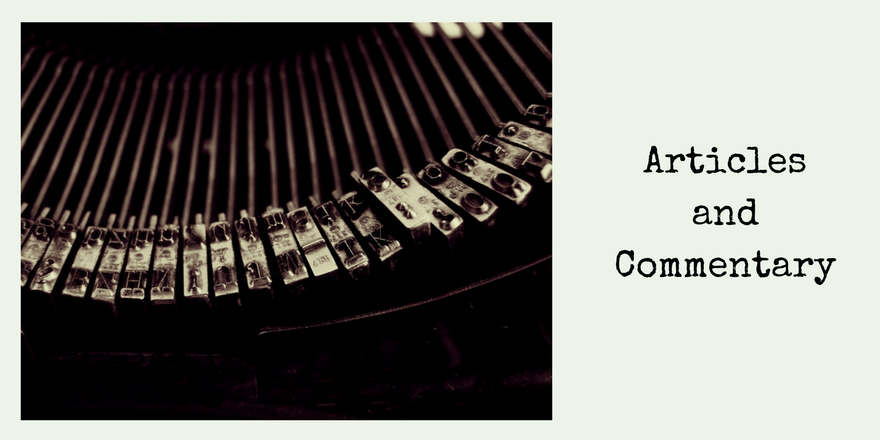The Great Escape from the Great Depression
October 8, 2008
Robert Higgs
The Freeman
Questions about the Great Depression may be usefully framed as pertaining to three distinct issues: the Great Contraction, the extraordinarily severe economic decline from 1929 to 1933; the Great Duration, the persistence of sub par economic performance for more than a decade; and the Great Escape, the ultimate recovery from this uniquely deep and long depression. Although economists continue to debate the causes of the Great Contraction and the Great Duration, a rough consensus has emerged that major policy blunders of various sorts deserve most of the blame for these calamities. With regard to the Great Escape, economists have also reached substantial agreement, but unfortunately they have come to agree on an interpretation that is almost completely wrong.
It is wrong factually because it places the Great Escape in the early 1940s, around the time the United States became a declared belligerent in World War II, where as the economy did not return to what we may properly describe as prosperity until after the war. Economists have misconstrued the specious “wartime prosperity” as the real thing, but diverting nearly 40 percent of the total labor force into military-related employment and producing mountains of guns and ammunition do not create genuine,sustainable prosperity, as people would discover if they tried to operate an economy on this basis for more than a brief period. The true Great Escape did not occur until 1946.
Economists generally recognize, of course,that normal, civilian-oriented prosperity resumed after the war, but their explanations of this resumption generally rest on factual and theoretical mistakes, and they fail to take into account certain factors that were critical to a successful transition from the wartime command-and-control economy to a peacetime market-oriented economy.
Perhaps the main reason why economists have misunderstood the remarkably smooth transition is that they have first misunderstood the war economy itself. They have viewed the war “boom” in simple Keynesian terms: Government spending, financed by huge budget deficits and accommodated by rapid increases in the money stock, propelled the economy from the lingering depression to unprecedented heights—indeed, during the peak years of war production the economy appeared to be operating far beyond its “capacity to produce,” even though by 1945 more than 16 million prime-age men had been pulled from the labor force at some point and replaced by teenagers, women with little or no experience in the paid labor force, and elderly men.
In truth, however, this apparent Keynesian “miracle of production,” during which the unemployment rate had been pushed to an all-time low of less than 2 percent, rested not on shrewd fiscal and monetary policy, but on massive military conscription, which had directly pulled more than 10 million men out of the labor force and indirectly induced millions of others to enlist in hopes of avoiding service in the dreaded infantry.
After the war most of the wartime economic controls were discontinued, more than 10 million men were mustered out of the armed forces, and the released warriors and civilian war workers quickly found private employment or left the labor force for home or school.
The unemployment rate in 1947, when the transition was nearly complete,was less than 4 percent.
The standard interpretation of the transition after 1945 emphasizes that during the war people had accumulated enormous amounts of bonds and bank deposits, and afterward these financial holdings were “released” to finance consumer spending, especially for durable goods whose production had been prohibited or greatly diminished during the war. This interpretation, however, makes no sense: the bonds one man sold another bought, leaving the economy’s overall holdings unchanged. Similarly, the money one man spent by drawing down his bank account reappeared in the sellers’ bank accounts, leaving the economy’s overall bank deposits unchanged. In fact, holdings of liquid assets did not decline at all after the war. People financed their spending for consumer goods by reducing their saving rate.
Nor did people attempt to reduce their holdings of liquid assets by decreasing their demand for cash balances—equivalently, by increasing the average dollar’s “velocity of expenditure.” Velocity actually fell slightly during the immediate postwar years (because, some economists have conjectured, people still expected postwar deflation).
Nor did consumers reduce their holdings of government bonds. Although the amount of outstanding government debt declined between 1945 and 1948, this occurred almost entirely because of reductions in the holdings of commercial banks and corporations other than banks and insurance companies.
Postwar Business Expansion
While consumers were financing their postwar spending binge simply by reducing their saving rate, which had risen to extraordinary heights during the war, businesses financed their postwar investment surge by selling government securities acquired during the war; by retaining more of their current earnings, in part because business taxes were reduced substantially after 1945; and by entering the capital markets, where stocks and bonds could be sold on very attractive terms. Even greater business expansion was prevented mainly by lack of materials, rather than by lack of desire to invest or lack of financial resources—to the great astonishment of the elite Keynesian economists, who had forecast that a severe postwar depression would occur when the government reduced its purchases of war-related goods and services.
The Keynesians had failed completely to understand that the prewar depression had persisted in large part because during the Second New Deal (1935–38) the Roosevelt administration had created extreme apprehension in the minds of investors and businessmen about the security of private property rights, and hence had discouraged these parties from making the large volume of long-term investments necessary for the economy’s full recovery and for its sustained long-run growth. During the war, investor-friendly businessmen in temporary government service had administered the command economy for the most part, but concentration on winning the war had kept the civilian economy starved for resources.
By the war’s end, however, Franklin D. Roosevelt was dead, the Second New Deal’s most zealous advisers and administrators had left the government or had been pushed into less influential positions, and therefore the future security of private property rights looked considerably more auspicious than it had looked before the war—a change in outlook sufficient to induce a great deal of long-term private investment for the first time since 1929. Because “regime uncertainty,”which had dominated the later 1930s, no longer cast such a dark shadow over business and investment, the economy finally recovered from the Great Depression and the economic hardships of the war years, even as it simultaneously reallocated about 40 percent of the labor force from war-related uses to civilian uses.
The year 1946, when civilian output increased by about 30 percent, was the most glorious single year in the entire history of the U.S. economy. By 1948, real output was back on its long-run growth trend, and during the decades that followed, the economy was spared the sort of deep and long debacle that a congeries of wrongheaded government policies had caused during the 1930s.
 Robert Higgs
Robert Higgs
Send email
Robert Higgs is Senior Fellow in Political Economy for The Independent Institute and Editor of the Institute’s quarterly journal The Independent Review. He received his Ph.D. in economics from Johns Hopkins University, and he has taught at the University of Washington, Lafayette College, Seattle University, and the University of Economics, Prague. He has been a visiting scholar at Oxford University and Stanford University, and a fellow for the Hoover Institution and the National Science Foundation. He is the author of many books, including Depression, War, and Cold War.
Full Biography and Recent Publications
© Copyright 2008, Foundation for Economic Education.
 New from Robert Higgs! New from Robert Higgs!NEITHER LIBERTY NOR SAFETY: Fear, Ideology, and the Growth of Government Economist and historian Robert Higgs illustrates the false trade-off between freedom and security by showing how the U.S. government’s economic and military interventions have reduced the liberty, prosperity, and genuine security of all Americans. Learn More »» |

